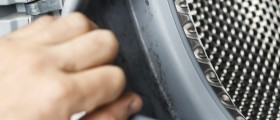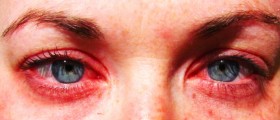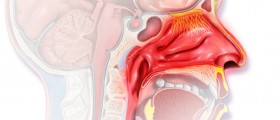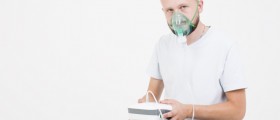
In some people, when the mold spores reach the skin or some inner part of the body, the body’s natural defense system starts to produce the antibodies to fight the mold spores, and since the body remembers the hostility to the spores, it may sometimes trigger off the symptoms of the mold allergy even when there are no mold spores in vicinity. Thus, the symptoms of the mold spores begin to emerge after the histamines are released.
Symptoms of mold allergy
The people who are allergic to molds may experience symptoms similar to the symptoms of the generic respiratory allergic reaction, like itchy nose, sneezing and stuffy nose. Furthermore, inflammation of the sinuses and facial skin rash usually follow the blocked nose, which tends to drip. In severe cases, mold allergy symptoms are similar to the symptoms of the asthma attack, such as excessive coughing and wheezing, as well as problematic breathing. Lying down becomes almost impossible due to the severe problems with breathing and due to restlessness.
Medical facts on mold allergies
Since sneezing and stuffy nose are the two symptoms also characteristic for the common cold, they should be carefully observed since in cases when they lasts form more than 15 days and when they only occur in some specific places in the house, they represents the symptoms of the mold allergy, which is usually treated by a dose of antihistamines.
When a doctor suspects that the patient suffers from mold allergy, what is ordered is the allergy skin test during which the extracts of the common allergens are applied on the skin, watching the skin reaction to each of them in order to discover which elements cause allergic reaction. In people with strong immune system, the symptoms of mold allergy can bring about only small inconveniences and discomforts, but in those people with compromised immunity, mold allergies may induce a lot of trouble, which is why it is advisable to stay away from damp and musty places.
The only serious complication that mold allergy may cause is asthma attack and therefore, the doctor may prescribe inhalers with corticosteroids or inhalers that contain bronchodilators, which are very effective in making the process of breathing very easy. Nasal sprays and decongestants are recommended if the mold allergy causes rhinitis.
- www.cdc.gov/mold/faqs.htm
- www.cdc.gov/mold/stachy.htm
- Photo courtesy of John Ramspott via Flickr: www.flickr.com/photos/jramspott/7355392734/





_f_280x120.jpg)










-Does-It-Help-Treat-Allergic-Rhinitis_f_280x120.jpg)
Your thoughts on this
Loading...